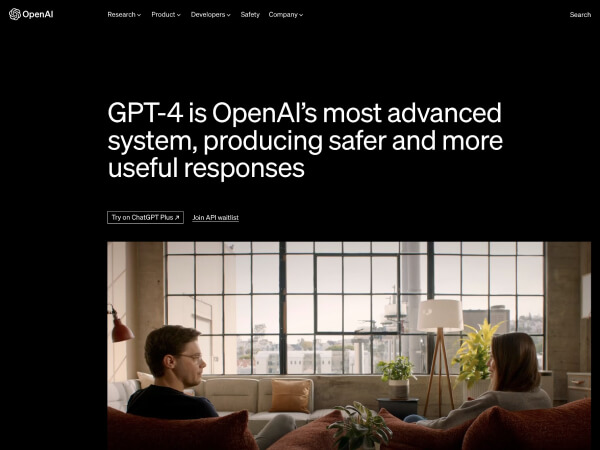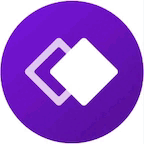GPT-4 (Generative Pre-trained Transformer) is the fourth version in the GPT family of natural language processing models developed by OpenAI. This model relies on powerful neural networks to understand and generate human-like language.
Currently, the official version of GPT-4 can only be accessed through the paid membership of ChatGPT Plus. The free version of ChatGPT cannot use the latest GPT-4, and the Plus version requires a monthly subscription fee of $20. Moreover, it's very difficult to make payments within China...
6 months ago
GPT-4 uses a special architecture called "Transformer" to help software understand the meanings of words and how they are combined in sentences. In simple terms, the Transformer helps computers figure out how to put all the words together in the right order to make sense.
The reason for adopting such an approach is that this model has been trained on a vast dataset that includes texts from different sources, such as books, articles, and websites. This training enables the GPT-4 model to conduct human-like conversations and produce seemingly meaningful responses. However, although the text and responses created by GPT-4 read like those from a human, it is far from being a conscious intelligence and is still a long way from achieving general artificial intelligence.
GPT-4 works through the same basic process as its predecessor (GPT-3.5), but on a larger scale. Here are its main working principles:
Transformer Architecture: GPT-4 is constructed using a design called "Transformer". These transformers are like super-intelligent machines that can understand which words in a sentence are important and the relationships between them.
Large-scale Pre-training: GPT-4 learns from a large amount of texts, such as books, websites, and articles. In this way, it can better understand language patterns, grammar, and facts.
Fine-tuning: After learning from a large amount of texts, GPT-4 will be trained in specific tasks, such as answering questions or understanding emotions in texts. This helps it become better at handling these tasks.
Tokenization: GPT-4 breaks down text into smaller parts called "tokens". These tokens can be words or parts of words, which helps it handle different languages and understand the meanings of words.
Context Window: GPT-4 has a limitation on how many tokens it can view at one time. This limitation helps it understand context and the relationships between words, but it also means that it may not necessarily be able to understand very long sentences or paragraphs.
Probability Distribution and Sampling: When GPT-4 generates text, it guesses the next word based on the likelihood that the model assigns to each word. Then, it selects a word from these guesses to create diverse and interesting sentences.
Fine-grained Control: GPT-4 can use techniques such as special prompts or adjusting its settings to guide it to give specific types of answers or texts, helping to obtain the desired results from the model.
ChatGPT and GPT-4 are not the same thing. ChatGPT is based on the GPT-3.5 and GPT-4 models and is specifically designed for conversational artificial intelligence applications, such as generating human-like text responses based on user input.
While GPT-4 refers to the current version of the GPT series of large language models—the engine that drives ChatGPT.
The output provided by ChatGPT reads more naturally, while GPT-4 is more powerful and can handle more text in terms of input and output.
The answer to this question is both yes and no.
Users can access GPT-4 through software like ChatGPT and New Bing. These platforms use GPT-4 to generate content and interact with users. However, GPT-4 can only be used under the ChatGPT Plus paid plan or as an API for developers to build applications and services. New Bing can offer free but limited daily uses of GPT-4-driven AI chat, while independent users have no chance to use GPT-4 outside of these artificial intelligence chatbot platforms.




















